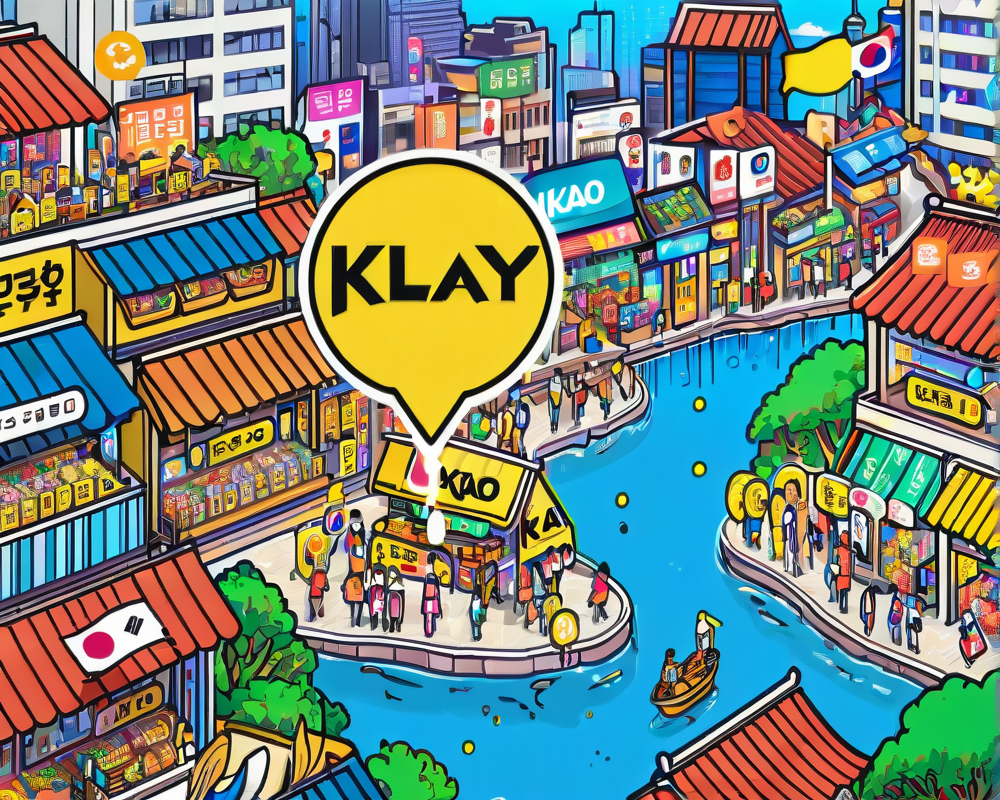The Rise and Challenge of Play-to-Earn in Blockchain Gaming
In the dynamic realm of blockchain gaming, 2021 was a landmark year, with explosive growth and NFTs leading the charge. More than half of all blockchain activities were driven by the burgeoning gaming sector. Most of these games adopted a play-to-earn (P2E) model that rewards players based on their in-game accomplishments, blending traditional gaming with economic strategies.
The Problem with P2E: Financial Squeezes in Bear Markets
While the P2E model sounded great on paper, it turned out to be about as stable as a house of cards in a wind tunnel during bear markets. The reliance on NFTs and native tokens for rewards led to liquidity issues and valuation instability, especially for NFT-only games, affectionately dubbed Gen 0. These games struggled during downturns, often leading to their abrupt closures, leaving players holding the bag (or in this case, the NFT) without a viable market.
Moving Beyond NFTs: The Next Gen of Web3 Games
The gaming industry is shifting gears to address sustainability issues, looking beyond mere tokenization to foster more robust economic ecosystems. The introduction of fungible tokens in game economies can boost liquidity and trading volume, paving the way for a healthier market.
Spotlight on Innovations: Star Atlas and CropBytes
Take Star Atlas, for example, where players can explore space and customize their own starships. The platform uses fungible tokens, which are purchased with native tokens, ensuring a stable flow of in-game currency. On the other hand, CropBytes is leading an innovative approach with their upcoming Service Economy feature, enabling players to earn by using others’ assets—talk about a win-win!
Service Economy: The New Way of Playing
With CropBytes initiating the ‘Get Paid to Play’ campaign, gamers can use the native CBX token to hire services for activities such as farming or caring for animals. This decentralized approach not only increases earnings for players but also creates tangible value for NFTs. Imagine grabbing a coffee while your virtual farmer takes care of your crops—sounds delightful, doesn’t it?
The Future: More than Just a Game
As more platforms adopt service economy principles, we’re witnessing a gradual mucus-migration toward a more resilient gaming industry. This novel approach has lately caught the eye of major players, with Axie Infinity rolling out their Axie Homeland Alpha, allowing players to generate resources through farming and breeding. It’s clear that service economies are the new mantra in this ecosystem.
The Road Ahead: Governance and Adaptation
Looking forward, the next big thing for blockchain gaming will be the integration of governance features, creating an ecosystem where players and stakeholders have a say in future developments. For this to unfold, significant service and fungible economies need to mature. As these critical frameworks establish themselves, a self-governed gaming environment is on the horizon. Hang tight, gamers—this ride is just getting started!



